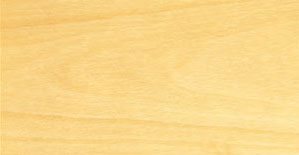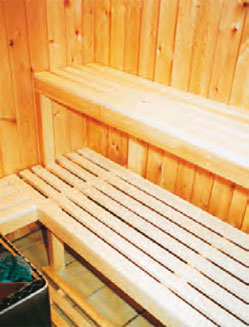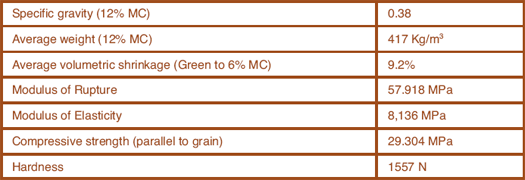Aspen


Botanical name: Populus tremuloides
Common/commercial names: White poplar, popple
Distribution & Availability
Aspen is a true poplar and is harvested commercially in the North Eastern USA. Limited availability of volume lumber and veneer in a full range of sizes and grades.
General Description
Sapwood is white, blending into the light brown heartwood. The contrast between sap and heartwood is small. The wood has a fine uniform texture and is straight grained.
Physical & Mechanical Properties

The wood is light and soft, with low bending strength and stiffness, and medium shock resistance. It has a very low bending classification.
Working Properties
Aspen does not split when nailed, it machines easily with a slightly fuzzy surface, and turns, bores, and sands well. It takes paint and stain well to produce a good finish, although care is required where the surface is fuzzy. It has low to moderate shrinkage and good dimensional stability. As a true poplar aspen has similar characteristics and properties to American cottonwood and European poplar.
Durability
Non-resistant to heartwood decay, and extremely resistant to preservative treatment.
Main Uses
Furniture parts (drawer sides), doors, mouldings, picture frames, interior joinery, toys, kitchen utensils. Matchsticks (USA). Important specialised uses include sauna laths because of lack of taste and odour.
Other Information
Regionally referred to as popple and is not to be confused with American tulipwood (Liriodendron tulipifera), which is also known in the USA as yellow poplar. Light brown mineral streaks are naturally occurring and are not considered a defect.
